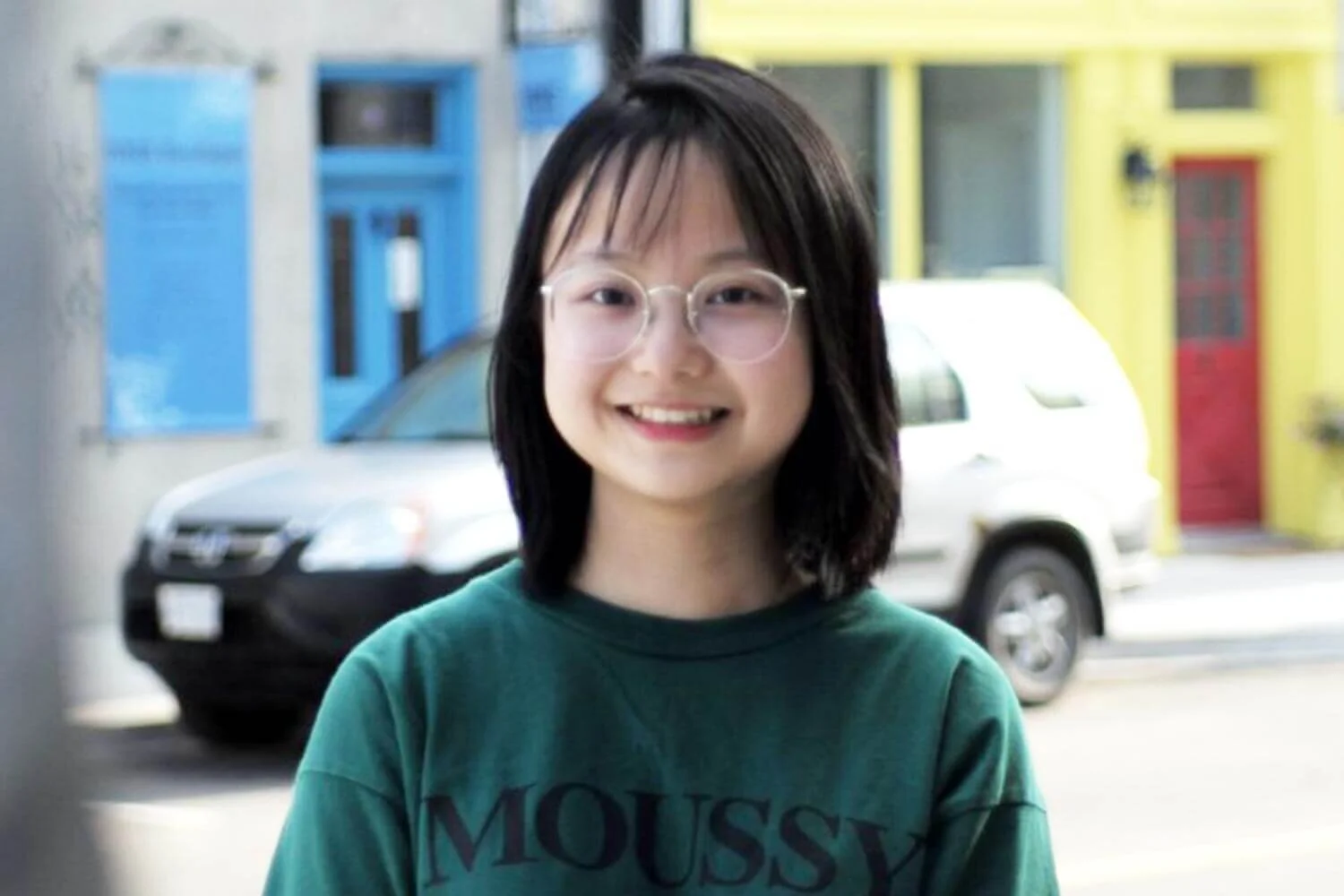Yanna Ding
Computer Science Major
Math Major
Trinity College
Why did you choose U of T for your undergrad?
I chose U of T because of its global academic impact. U of T has cultivated countless outstanding people who are changing the world in academia and industry. I admired their contribution and yearned to study in such an environment full of excellent people.
What inspired you to study computer science?
I have used a computer as a black box since I was in elementary school. I enjoyed the convenience brought by the computer without knowing its interior design. The intelligent computer systems and subtle algorithms have made a wealth of learning resources one search away. Besides study, I also love watching Pixar and Disney animation powered by computer graphics techniques. As computers became indispensable in my life, I decided to study computer science to uncover its mystery.
Who or what at U of T influenced your education the most?
The first-year linear algebra course introduced me to the elegance of mathematical reasoning. In the beginning, I seemed to follow the instructor in lecture. But when it came to solving problems myself, I didn’t know where to start.
To bridge my knowledge gaps, I spent more time reflecting on course materials after class. I asked myself questions such as: How did the proofs leverage the provided assumptions or conditions? How to associate a problem with its related knowledge? How to organize a formal mathematical proof? These questions wandered in my mind until I made sense of the theories and proofs.
In addition to self-studying, I reached out to my classmates and the instructor to exchange ideas, which helped me gain even more insights. The challenging problems designed by our instructor eventually helped me think through subtle relations among different concepts. This experience made me more confident in the face of challenges and difficulties during my life.
How did you get involved at U of T outside of your coursework?
I participated in extra-curricular events, such as the club fair and Backpack to Briefcase, through the Blue Crew organization and the CLN website. I built more connections and experienced U of T’s inclusive culture through these opportunities.
U of T provides ample opportunity for research. Thanks to this encouraging environment, I had the luck to collaborate with Professor Ishtiaque Ahmed and Professor Priyank Chandra and started my research journey. This rewarding experience further inspired me to pursue higher education in computer science.
What U of T memory do you treasure the most?
I recall moments sitting at a table near a glass window in the Robarts library. It was pleasant to read books in the afternoon when sunshine penetrated the window and fell on the page I was staring at.
If you could go back and give yourself one piece of advice at the start of your undergraduate degree, what would it be?
If I could go back, I would remind myself to be more proactive in life. Don’t hesitate to move outside of your comfort zone or change the status quo. Besides putting effort into coursework, making decisions such as choosing courses and applying for internships or research opportunities are equally essential.
Is there a lesson you learned as an undergraduate student that you’ll take with you moving forward?
Through undergraduate studies, I learned to have a beginner’s mindset, which I will keep reinforcing in the future. With a beginner’s mind, I embrace mistakes and quickly learn from setbacks.
What’s next for you?
I am going to pursue a PhD in Computer Science at Rensselaer Polytechnic Institute. I am determined to transform what I learned into applications in real life.
Learn more about Yanna’s research in this provided description:
The COVID-19 pandemic has led to increased stigma, prejudice, and hate against people of East Asian descent around the world. In particular, those individuals perceived to be from China or to a Chinese heritage are frequently targeted on social media platforms such as Twitter, Facebook, and Instagram. Our project sought to enhance understanding of the prevalence and impact of stigma, fear, discrimination, violence, and misinformation worldwide. We have collected and maintained a dataset of 650+ million tweets, which constituted the largest known dataset on this topic. We devised a consistent procedure to label the stigma degree of a tweet. Using the manual labels, we trained and compared multiple machine learning models measuring the stigma embedded in tweets. In addition to sentiment analysis, we utilized geolocation data to visualize the global distribution of online stigma and adopted network analysis to exploit retweet and follower information. We are working to integrate these results into applications such as network plugins to help improve the social media environment.
This Q&A has been edited for clarity and length.


